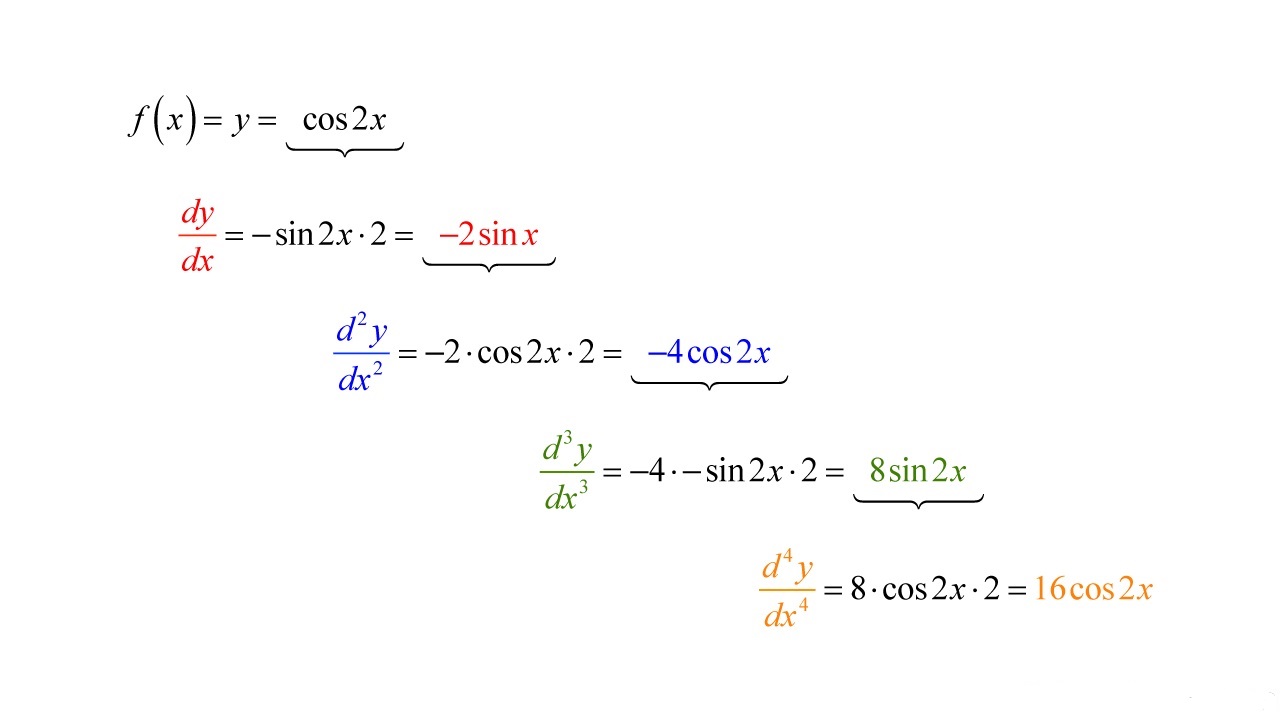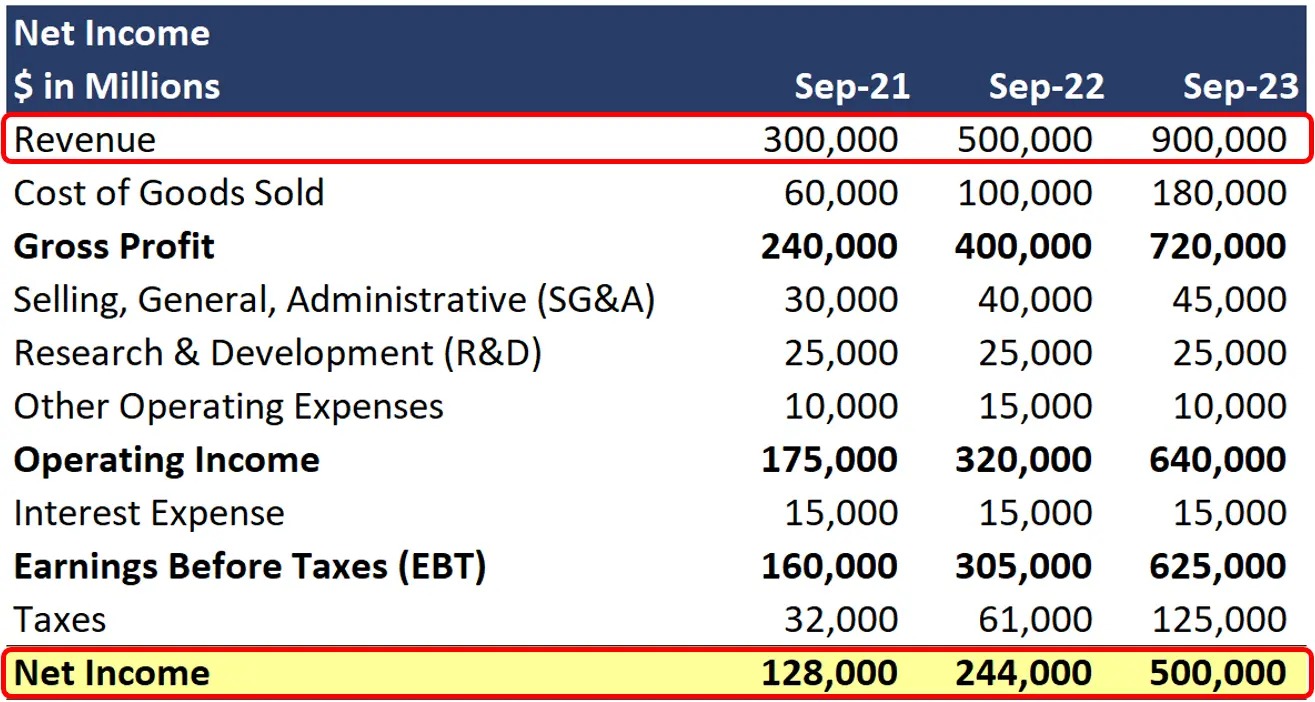

Finance
How To Find Lost Pension
Published: November 27, 2023
Looking to Find Lost Pension? Discover expert tips and tricks in our comprehensive finance guide to locate and claim your lost pension funds.
(Many of the links in this article redirect to a specific reviewed product. Your purchase of these products through affiliate links helps to generate commission for LiveWell, at no extra cost. Learn more)
Table of Contents
Introduction
Have you ever wondered what happened to a pension plan from a previous job? It can be frustrating to think that you may have lost track of a potentially valuable source of income. However, with a bit of effort and research, it is possible to find a lost pension and reclaim what is rightfully yours.
Throughout your career, you may have worked for different employers who offered pension plans as part of their benefits package. These pension plans are designed to provide you with a steady income during your retirement years. However, as you change jobs or move locations, it is easy to lose track of these pension benefits.
Fortunately, there are several steps you can take to track down and locate your lost pension. In this article, we will guide you through the process of finding a lost pension and ensuring that you receive the benefits you are entitled to.
While the process may seem challenging at first, remember that the effort is well worth it. Your lost pension could potentially provide you with a significant amount of income during your retirement years, ensuring a comfortable and secure future.
So, if you’re ready to embark on the journey of finding a lost pension, let’s dive into the steps you can take to track it down and claim what’s rightfully yours.
Step 1: Gather Important Information
The first step in finding a lost pension is to gather all the relevant information related to your previous employment and pension plan. Having this information at hand will make the search process much easier and more efficient. Here are the key pieces of information you should gather:
- The names and contact information of all your previous employers who offered a pension plan. This includes the company name, address, phone number, and any other relevant contact details.
- Your employment dates with each employer. This will help narrow down the timeframe for your pension eligibility.
- Any documentation regarding your pension plan, such as pension statements, benefit summaries, or plan documents. These documents may contain important details about the plan, including the type of pension, vesting requirements, and benefit calculations.
- Your Social Security number and date of birth. These are often used for identity verification when contacting pension plan administrators.
- Any other relevant personal information, such as your current address, phone number, and email address.
Once you have gathered this information, organize it in a secure and easily accessible location. This will ensure that you have all the necessary details readily available when you begin your search for the lost pension.
It’s important to note that if you are assisting someone else in finding a lost pension, you will need their consent and authorization to access their personal information and initiate the search process on their behalf.
By taking the time to gather and organize this important information, you are setting yourself up for success in locating your lost pension. With everything at your fingertips, you’ll be ready to move on to the next step and start reaching out to your previous employers.
Step 2: Contact Your Previous Employers
Once you have gathered all the necessary information, it’s time to reach out to your previous employers to inquire about your pension plan. Start by contacting the human resources department or the benefits department of each company you have worked for that provided a pension plan.
When reaching out to your previous employers, be prepared to provide them with the relevant details, such as your employment dates, Social Security number, and any other information they may require for identification purposes. You may also need to provide them with copies of your pension-related documents if requested.
During the conversation with the company’s representative, ask specific questions about your pension plan, including:
- Whether you are eligible for a pension
- The amount of your pension
- Vesting requirements (the length of service required to be eligible for the full pension benefits)
- Payment options available (lump sum, monthly payments, etc.)
- Contact information of the pension plan administrator
If the company has gone through mergers, acquisitions, or other changes, ask about the status of your pension plan in those situations. In some cases, the pension plan may have been transferred to a different company or trust.
Keep a detailed record of your conversations, including the dates and names of the representatives you spoke with. This will come in handy in case you need to refer back to the information provided or if there are any discrepancies or issues that need to be resolved later on.
Remember, when communicating with your previous employers, it’s important to remain patient and persistent. Sometimes, it may take multiple attempts or follow-ups to get the information you need. Be polite and professional in all your interactions, as you want to maintain a positive relationship that could potentially impact your pension benefits.
If you are unsuccessful in obtaining information from your previous employers, there are other avenues to explore, which we will discuss in the following steps.
Step 3: Check with Pension Benefit Guaranty Corporation (PBGC)
If you have been unsuccessful in locating your lost pension by contacting your previous employers, the next step is to check with the Pension Benefit Guaranty Corporation (PBGC). The PBGC is a government agency that protects the pensions of workers and retirees in case their pension plans are terminated or become insolvent.
The PBGC keeps a database of unclaimed pension benefits from terminated pension plans. To see if your lost pension is listed, you can utilize the PBGC’s online search tool or contact their Customer Contact Center. Provide them with your personal information, such as your name, Social Security number, and other necessary details, so they can assist you in your search.
It’s important to note that not all pension plans are covered by the PBGC. Only private single-employer and some multiemployer plans are insured by the PBGC. If your previous employer’s pension plan was not covered or if it was a government or military pension plan, you will need to explore other options for finding your lost pension.
If the PBGC confirms that your lost pension is in their database, they will guide you through the process of claiming your benefits. Keep in mind that the PBGC’s benefit guarantees have limits, and the actual amount you receive may be less than what you were expecting. However, it is still worth pursuing as it can provide you with a portion of your lost pension.
If the PBGC is unable to locate your lost pension, don’t be discouraged. There are still other avenues to explore, which we will cover in the next steps.
Step 4: Search for Unclaimed Pensions
If you have been unable to locate your lost pension through your previous employers or the PBGC, it’s time to expand your search by looking for unclaimed pension benefits through various databases and resources.
One valuable resource is the National Registry of Unclaimed Retirement Benefits, which is a free online database that helps individuals search for unclaimed retirement benefits, including pensions. The registry allows you to enter your personal information, such as your Social Security number, to check if there are any unclaimed benefits in your name.
In addition to the National Registry of Unclaimed Retirement Benefits, you can also explore state-specific unclaimed property websites. Many states have established databases where individuals can search for unclaimed funds, including unclaimed pensions. Visit the official website of your state’s unclaimed property division and perform a search using your personal information.
Another useful resource is the Missing Participants Program, which is offered by the U.S. Department of Labor’s Employee Benefits Security Administration (EBSA). This program helps to locate missing participants in terminated retirement plans. You can contact the EBSA’s Regional Office in your area or visit their website for more information on how to utilize their services.
Furthermore, consider reaching out to professional organizations or unions associated with your previous industry or employer. They might have resources or databases specifically designed to help members find lost pensions or connect with pension specialists who can assist in the search process.
Remember to document your search efforts and keep a record of any databases or resources you have checked. This will help you stay organized and track your progress as you explore different avenues in finding your lost pension.
If your search for unclaimed pensions is still unsuccessful, don’t give up hope just yet. There are additional steps you can take, which we will discuss in the following sections.
Step 5: Consult with a Pension Specialist
If you have exhausted your own efforts in locating your lost pension, it may be time to seek professional assistance. Consulting with a pension specialist can greatly increase your chances of finding and claiming your lost pension.
A pension specialist is a professional who specializes in pension plans and retirement benefits. They have extensive knowledge and experience in navigating the intricacies of pension systems and can provide valuable guidance throughout the search process.
When seeking a pension specialist, consider the following options:
- Retirement Planning Firms: Many financial planning firms offer services specifically related to retirement planning and pension benefits. These firms can have experts who are well-versed in pension laws and regulations.
- Pension Consultants: Pension consultants are professionals who provide consulting services exclusively in the field of pensions and retirement benefits. They can help you navigate the complexities of the pension system and assist in identifying and locating your lost pension.
- Legal Professionals: If your search for a lost pension becomes complex or involves legal matters, consulting with an attorney who specializes in pension law could be beneficial.
When consulting with a pension specialist, provide them with all the information you have gathered so far, including details about your previous employers, pension plan documentation, and any prior correspondence with pension administrators. This will allow them to assess your situation and provide tailored advice and strategies for finding your lost pension.
Keep in mind that consulting with a pension specialist may come with a cost. However, the expertise and guidance they provide can greatly increase your chances of successfully locating and claiming your lost pension.
Working with a pension specialist can also provide peace of mind knowing that you have a professional advocating for your rights and ensuring that you receive the retirement benefits you are entitled to.
If consulting with a pension specialist does not yield the desired results, there is still one more option to consider, which we will explore in the next step.
Step 6: Consider Hiring a Pension Tracing Service
If all other avenues have been exhausted and you are still unable to locate your lost pension, it may be worth considering hiring a pension tracing service. These services specialize in tracking down lost pensions and unclaimed retirement benefits on behalf of individuals.
Pension tracing services have access to databases, resources, and networks that may not be readily available to the general public. They are equipped with the expertise and tools necessary to conduct comprehensive searches and locate pension benefits that may have been overlooked.
When hiring a pension tracing service, consider the following:
- Research and Verify: Look for reputable and established pension tracing services. Check their credentials, reviews, and track record to ensure they have a history of successfully locating lost pensions for their clients.
- Cost and Fees: Understand the pricing structure and fees associated with the service. Some pension tracing services work on a contingency basis, meaning they only charge a fee if they successfully locate and recover your lost pension. Others may have an upfront fee or a combination of upfront and contingency fees. Make sure you are clear on the costs before proceeding.
- Terms and Agreement: Read and understand the terms of service and any agreements before engaging the services of a pension tracing company. Ensure you are comfortable with their terms and the level of service they will provide.
- Communication and Updates: Clarify how often you will receive updates on the progress of the search and how they will communicate with you throughout the process. Open and clear communication is essential for a successful engagement.
Hiring a pension tracing service can provide a dedicated and focused effort in locating your lost pension. They have the resources and expertise to navigate through various databases, contacts, and records to locate unclaimed retirement benefits.
However, it’s important to assess the potential costs and weigh them against the potential benefits. Consider the value of your lost pension and whether the fees charged by the pension tracing service are reasonable in relation to the potential amount you may recover.
Keep in mind that while hiring a pension tracing service may offer additional assistance, it does not guarantee a successful outcome. It is important to remain realistic and manage expectations throughout the process.
By considering a pension tracing service as a final option, you can have peace of mind knowing that you have explored all possible avenues in your quest to find your lost pension.
Conclusion
Searching for a lost pension can be a challenging and time-consuming process. However, by following the steps outlined in this article, you can significantly increase your chances of locating and reclaiming your lost pension benefits.
Start by gathering all the important information related to your previous employers and pension plans. This will serve as the foundation for your search. Reach out to your former employers to inquire about your pension plan and gather any relevant details. If that proves unsuccessful, check with the Pension Benefit Guaranty Corporation (PBGC) to see if your pension is listed in their database of unclaimed benefits.
If your search has not been successful so far, broaden your efforts by searching for unclaimed pensions through databases like the National Registry of Unclaimed Retirement Benefits and state-specific unclaimed property websites. Additionally, consider consulting with a pension specialist who can provide expert guidance and strategies tailored to your situation.
If all else fails, hiring a pension tracing service may be the final option to consider. These services have expertise and resources to track down lost pensions on your behalf.
Through persistence, thorough research, and exploring various avenues, you can significantly improve your chances of finding your lost pension. Remember to document your efforts, keep detailed records, and maintain open communication with relevant parties throughout the process.
Retrieving a lost pension can provide you with a valuable source of income during your retirement years. It is worth the time and effort to track down and claim what is rightfully yours. So, start your journey today and secure your financial future by finding your lost pension.














